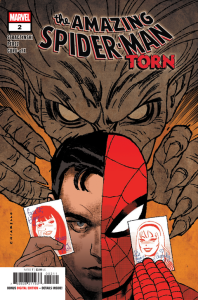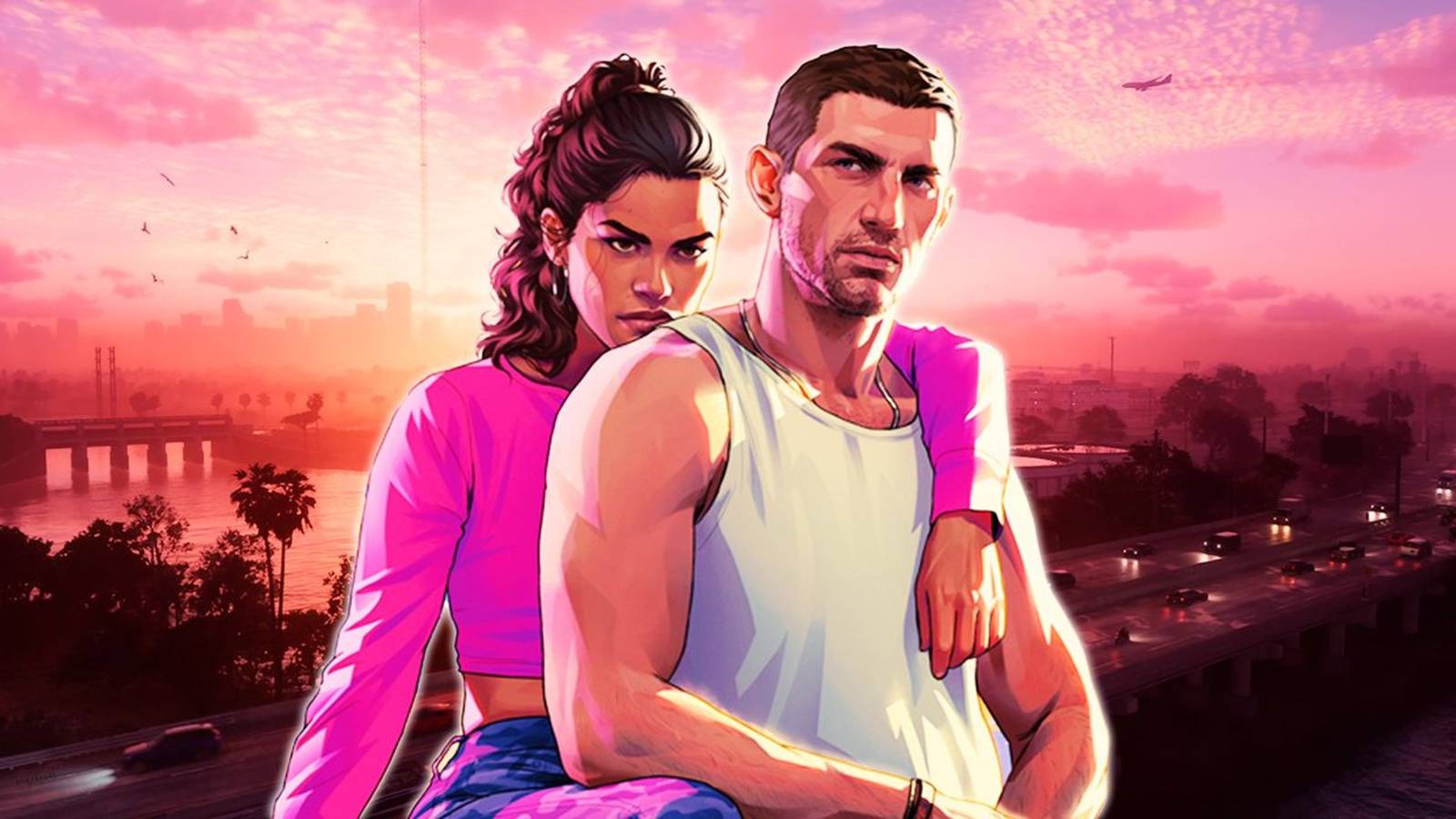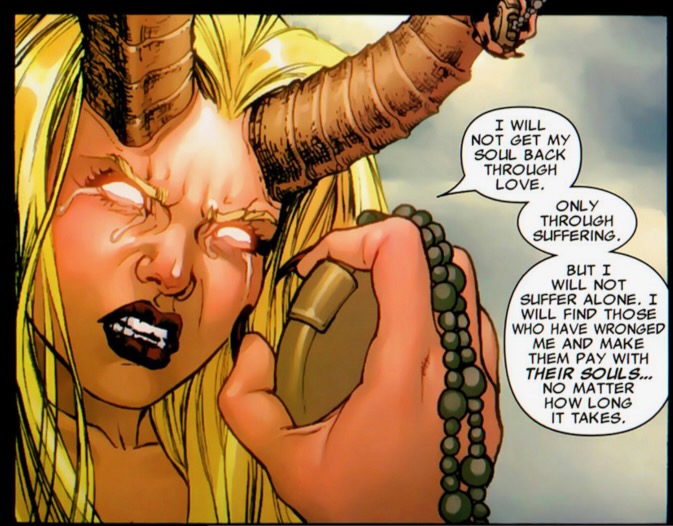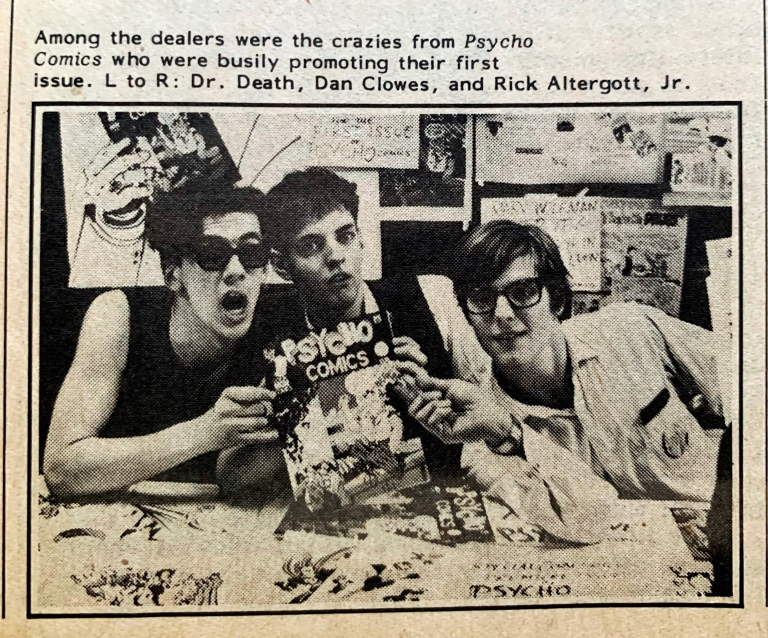Welcome once again to another edition of The Marvel Rundown. This week as the year starts coming to a wind down, we have a pretty quiet rundown. Our main review is Ultimate Black Panther #22 by Bryan Hill, Carlos, Nieto, and David Curiel. AS always we have a rapid rundown with our elite group of Marvel experts looking at Amazing Spider-Man: Torn #2, Spider-Man and Wolverine #7, and a Dispatch from the Age of Revelation on RogueStorm #2!
As always, The Beat wants to hear from you, True Believers! Tell us what you think of this week’s Marvel Comics! Shout us out in the comment section below or over on social media @comicsbeat, or @comicsbeat.bsky.social, and let us know.

Writer: Bryan Hill
Artist: Carlos Nieto
Colorist: David Curiel
Letterer: vc’s Cory Petit
One of the great things about this current cycle of Ultimate Marvel is how wild it allowed creators to be. Ultimate Spider-Man proves that Peter Parker as a married man actually does work. X-Men became J-horror along the lines of Junji Ito. Wolverine gets at the core of what makes that hero so compelling. Ultimates meanwhile continues to be one of the most inventive superhero books on the stand. That this line will be gone by March
The wildest swing though has to come from Ultimate Black Panther. Writer Bryan Hill has played a long game with this title. Hill indicated in early interviews how Frank Herbert’s influential novel Dune played in his approach to Ultimate Wakanda. In the early issues, that was felt but not overt. As the series hits the home stretch though, it’s become very obvious but that’s a bug not a feature. Superhero stories have so little ambition these days and Ultimate Black Panther is a massive science fiction epic the genre needs.
 Art by Carlos Nieto
Art by Carlos NietoHill has taken the idea of Vibranium, the magical metal that makes Wakanda’s technology possible, being influential on its people to its logical extreme. Vibranium is alive and possessed by entities called Progenitors who guided the Wakandans to create a means to invade our world. The reveal of Vibranium being a living substance that influenced the development of Wakanda has been the series biggest twist for the character. The last 10 issues or so have seen T’Challa, the Black Panther, have to reject the influence of the metal, the reveal of the creatures inside it, and so many betrayals.
This mix of technology and sorcery has been one of the most compelling elements in this series. Lesser writers in recent years have taken Arthur C. Clarke’s maxim “A sufficiently advanced technology would be indistinguishable from magic” to demystify sorcery. How boring is that? Hill though is far more interested in seeing the two work together. T’Challa has had to accept magic as a way to understanding what Vibranium is while still using science to fight the Progenitors. Meanwhile, the series real villain the Vodu-khan are basically a sect of witches.
 Art by Carlos Nieto
Art by Carlos NietoHill uses all of this in creating a compelling melodrama to go along with his high minded sci-fi concepts and this second to last issue is no exception. Storm, captured by the Vodu-khan, finally gives birth to the vessel for the Progentiors. Black Panther and Killmonger go on the search for them. Inan, the ultimate sorcerer supreme, makes a pact that could backfire. And Bast, the panther goddess plots. Both artist Carlos Nieto and colortist David Curiel feel perfectly at home here. He’s not the flashiest artist but he grounds all of these high minded concepts. Like Richard Case on the Grant Morrison written Doom Patrol, Neito makes all of this both believable and weird.
This is what the series has built to and it’s all exciting to read. We’re a month away from Ultimate Endgame and two months away from this series conclusion. Black Panther has been a slow burn and now everything is going up in flames. All that’s left is to see how it all burns.
Verdict: BUY
Rapid Rundown


- Amazing Spider-Man Torn issue #02
- Amazing Spider-Man Torn issue #02, written by J. Michael Straczynski and with art by Pere Perez, is another fantastic Spidey issue with a real return to the soap-opera, secret-identity, drama Spider-Man stories some Spidey fans are desperate for. Seriously, if you aren’t happy with where Spider-Man is, this is a great series to get caught up on. Straczynski really nails Peter’s inner dialogue, the drama of having a secret identity, and the many reasons why people love Mary Jane Watson and Peter Parker together. All while adding a fun supernatural element, even if it does get in the way of the drama, which may be a fun way to connect the reader to Peter, who would prefer to live an everyday life. And Perez’s art feels right at home in this classic storytelling, giving everyone a classic but modern design and really doing a great job with Spider-Man’s design and expressions. Straczynski also does a great job of nailing Peter’s ever-present guilt, which motivates many of his actions. Sure, our main villain, so far, may have a mediocre design, especially compared to other Spider-Man villains, but that isn’t enough to stop fans from smiling ear to ear while reading. Excited to see what comes of it. – LM
- Spider-Man and Wolverine #7
- I was always going to be at least a little interested in a book featuring two of my (and the world’s) favorite Marvel characters. Their odd couple rapport is simply too good and I feel strongly a book featuring these two should always be available. Give me Kaare Andrews drawing, with Spidey and Wolverine going on huge, zany adventures with enormous action set pieces? It’s all I need. The first five issue story left me cold from a narrative standpoint with its focus on Peter’s secret agent parents, but after a one off with a full-in artist, this second story from writer Marc Guggenheim and Andrews is pure, over the top fun featuring a villain from an alternate earth that is a twisted amalgamation of our heroes. Kaare Andrews goes wild on the layouts in this issue, with massive double page spreads and contorted figures. The final page reveal is pure cool. The inventiveness of the visuals, and Andrews’ strange mix of McFarlane and Romita suits the contortionist Spidey and animalistic Wolverine. Sometimes you want your superhero books to say something about the human condition. And sometimes you really just want to see an artist pushing himself to the limit with your two favorite guys as the subject. This is easily the best script we’ve gotten from Guggenheim on the series so far, though. Moving away from the tortured motivation of the first arc’s mystery villain and the baggage of Peter and Mary Parker is a big help. Brian Reber’s retro approach to colors, mostly flat with simple shading and highlights, helps Andrews’ bold figure work stand out on the page. The switch in dimension also includes a subtle color shift to a more washed out, grimier palette that helps define the tone of this darker world. VC’s Travis Lanham’s lettering is clean and readable, tracking comfortably even among the wilder layouts and heavy caption use. You could easily skip the first arc of this series and jump in here and have a great time, but it’s worth seeking out past chapters too, if only for the great Kaare Andrews work. – TR
Dispatch from the Age of Revelation
- Rogue Storm #2
- Writer Murewa Ayodele continues his Age of Revelation tale of the conflict between Storm and Rogue Red. Ayodele utilizes non-linear storytelling in the issue to help anchor the story more into the X years later of The Age of Revelation. The constant jump between time periods helps not only lay out how the Age of Revelation got so messed up but also keep the pace of the story moving very brisk. The X years later story focuses on Gambit confronting Storm about the fate of Rogue Red. This in turn builds tension in the battle between Storm and Rogue’s Uncanny X-Force in the 5 years story. The mystery behind Rogue’s fate makes the result of that battle less of a forgone conclusion. Ayodele is creating an interesting albeit tangential story to the main Age of Revelation storyline, but I love seeing that in these kinds of crossovers. Rolan Boschi’s art is beautiful as always as we jump between verdant jungles and desolation tundra of the timelines. The action is dynamic and expressive. The weight of each punch, stab, and scream is tangible on the page. The sound effects, which could be done via Boschi or the letter Travis Lanham, are a simple but fun way to enhance the weight of the moment. Rogue Storm has a level of chaotic energy that’s not found in many of the other Age of Revelation Tie-Ins and I appreciate that. I am eager to see how the book comes to close next month. –JJ
Can’t wait for next week’s books? Catch up with past iterations of the Rundown!





















 English (US) ·
English (US) ·